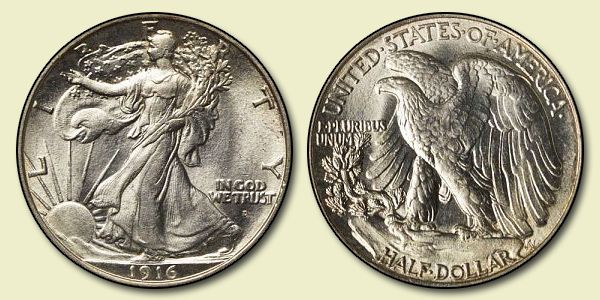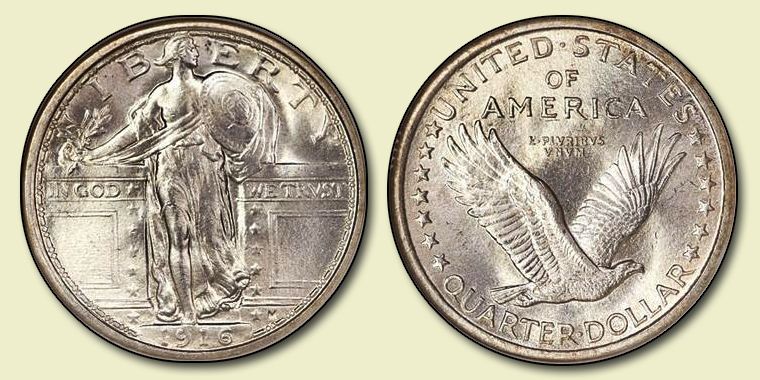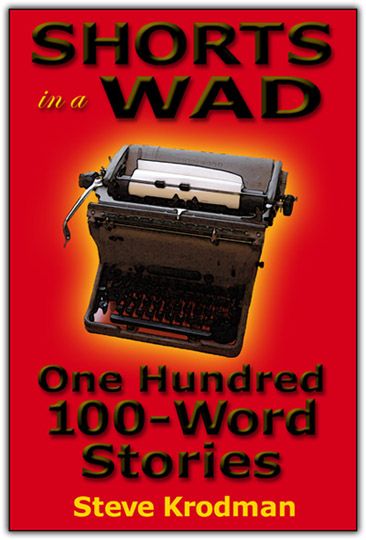Yes, Esteemed Readers - Elisson is a coin collector. It’s hard to imagine a more nerdly hobby aside from stamp collecting, a pastime that makes the Dork-O-Meter go all the way to 11. My saving grace is that I’ve never gotten into it too seriously, owing to the fact that I usually spend my money on more mundane things like food, clothing, liquor, and The Interminable Mortgage. For that, I am thankful... though not as thankful as Dee, who cringes whenever I start talking about coinstuff.
Nothing, save music, can roll the years back like looking at the coins you used to see when you were young. And we had some real beauties when I was a young Snot-Nose.
This year is not such a big deal per se, but it’s important because it is the 100th anniversary of one of the great turning points in American numismatics: when American coinage finished crossing the great artistic divide into the twentieth century.
Up until then, the dime, the quarter, and the half-dollar all had sported similar Liberty Head designs by Chief Engraver Charles Barber (the quarter and half were almost identical in appearance). Barber’s coins were boring and stodgy, generating negative reviews almost from the first day they were produced in 1892. Without an act of Congress, however, his designs could not be replaced until 1916... by which time everything else coming out of the Mint had been modernized.
It was worth the wait.
The new designs were dramatically different from Barber’s simple Roman-style profiles of Lady Liberty. The dime, by Adolph Weinman, featured Liberty wearing a winged cap, symbolizing freedom of thought - and on the reverse, the fasces - the bundle of sticks that has represented strength in unity since Roman days.
 |
| Adolph Weinman’s Liberty Head dime, popularly (but incorrectly) called the Mercury dime. [Image: Coin Community] |
 |
| Weinman’s Walking Liberty half-dollar. [Image: USA Coin Book] |
 |
| Hermon MacNeil’s Standing Liberty Quarter. This version, produced in 1916, was subsequently modified to conform more closely to MacNeil’s original design. Only 52,000 of the 1916 specimens were struck, making it a rarity. [Image: CoinHELP!] |
In my Snot-Nose Days, all three of these coins were easily found in pocket change, despite the fact that they were all obsolete by then. The Standing Liberty quarter had only lasted until 1930 - an exceptionally short-lived series - yet well-worn specimens, often without readable dates, would show up daily. The so-called Mercury dimes and “Walker” halves were by no means uncommon. But when the Coinage Act of 1965 introduced dimes, quarters, and halves with a copper-nickel clad composition, silver coins vanished from circulation almost overnight.
Today, the beloved Walking Liberty design has been resurrected for use in silver bullion coins... but somehow, those lack the charm - the everyday beauty - of actual circulating coinage. As for today’s (faux) silver, the Roosevelt dime has been unchanged for seventy - count ’em! - years; the Washington quarter has essentially the same ugly obverse it has had since 1932, despite having five new (mostly forgettable) reverse designs every year since 1999; and the iconic Kennedy half, now fifty-two years old, no longer circulates at all. Où sont les dessins d’antan?
Once in a while, I’ll take some of those old coins out and look at them, rolling back the years. Damn, those were beautiful times. At least, that’s what the coins tell me.




















1 comment:
The Mint is going to reproduce them in gold this year. Sales of a gold Mercury dime begin April 21st.
Post a Comment